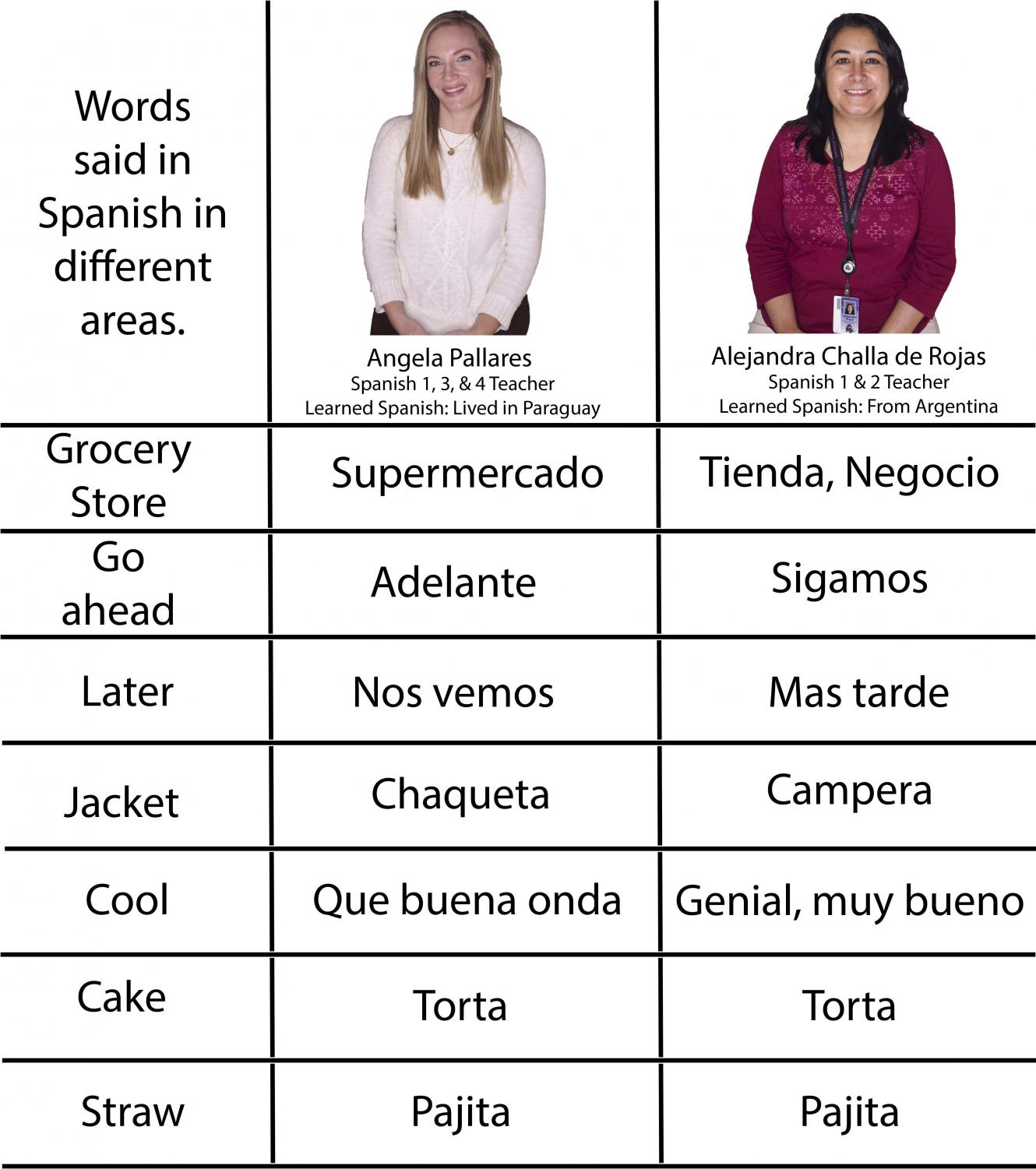

These studies have generally regarded the verbal-deictic preferences of Spanish as categorically different from English with regards to the ability of the speaker to utilize the come or bring verbs to describe motion towards the hearer (“I’m coming over right now”). In the Spanish case, authors have aimed to contrast the English come or bring verbs with their Spanish equivalents, venir and traer. The author found that young children tend to focus on the contours of movement as opposed to the goal or endpoint of these movements, illustrating a disconnect between the goal-oriented experimental design of experiments like Clark and Garnica (1974) and the cognitive biases of young children. Finally, Macrae (1976) gathered spontaneous speech samples from seven two-year-olds and analysed their usage of come and go. Richard (1976) used a production experiment with 4-to-7 year-olds and confirmed Clark and Garnica’s (1974) observation that come and go are acquired prior to bring and take however, Richards (1976) found that children acquired the deictic verbs at a younger age than indicated by Clark and Garnica (1974). Clark and Garnica (1974) performed a production experiment on children (5 6-9 5) and found that come and go are generally acquired prior to bring and take additionally, they posited that go is acquired through four successive stages in which children adopt more elaborate strategies in each successive stage. Lewandowski (2007) provide a comparison between deictic verbs in Spanish, English, German and Polish, drawing upon Fillmore (1971) and Ricca (1993).Įarly studies on the deictic verbs in English have focused on childrens’ use of these verbs (Clark & Garnica, 1974 Macrae, 1976 Richards, 1976). 62-63) explores the appropriateness conditions for the felicitous use of the deictic verbs in Spanish by examining NS intuitions in a fill-in-the-blank task. Previous works on deictic verbs in Spanish (Gathercole, 1978 Lewandowski, 2007 Vann, 1998 Verde, 2014) have examined the verbs venir, traer, ir, and llevar through the framework established for English come, bring, go, and take by Fillmore in his Santa Cruz Lectures on Deixis (1971). Tanto los HP como los hablantes de español como L2 cometieron un número significativamente mayor de errores que los HN cuando la dirección expresada en el estímulo se orientaba hacia el oyente, lo cual da a entender que posiblemente sería beneficioso para ambos grupos que se les instruya acerca de este tema. Un total de 74 participantes, distribuidos entre 12 HN, 34 HP y 29 hablantes de L2, evaluaron la gramaticalidad de 20 ítems de estímulo que contenían usos correctos e incorrectos en términos prescriptivos de los verbos deícticos venir, traer, llevar e ir. El presente estudio ha reunido datos acerca de las preferencias con respecto a los deícticos de los hablantes bilingües patrimoniales de español e inglés (HP) y ha comparado dichos datos con los correspondientes a los hablantes monolingües nativos de español (HN). Sin embargo, apenas se han realizado investigaciones experimentales para confirmar en qué medida se ajustan a este patrón los hablantes patrimoniales o de segunda lengua (L2).

Desde este punto egocéntrico (Beinhauer 1940 Ibañez, 1983), los verbos españoles venir y traer únicamente se pueden emplear para describir el movimiento hacia la ubicación del hablante. Both HS and L2 speakers made significantly more errors than NS when the direction expressed in the stimulus was oriented towards the hearer, suggesting both groups may benefit from instruction on this topic.Īnálisis previos de los verbos deícticos venir “to come”, ir “to go”, traer “to bring” y llevar “to take” tomaron como referencia la serie de conferencias de Fillmore (1975) acerca de la deixis al destacar que los hablantes de español prohíben el uso de los verbos venir y traer para expresar la idea de movimiento hacia el oyente. 74 participants, consisting of 12 NS, 34 HS, and 29 L2 speakers, assessed the grammaticality of 20 stimulus items that contained prescriptively correct and incorrect usages of the deictic verbs venir, traer, llevar and ir. The present study gathered data on the deictic preferences of bilingual, heritage speakers of Spanish and English (HS) and compared this data with that of L2 and monolingual native speakers of Spanish (NS). Little experimental research has been done, however, to confirm the extent to which heritage and second language (L2) speakers of the language conform to this pattern. Under this egocentric view (Beinhauer, 1940 Ibañez, 1983), the Spanish verbs venir and traer can only be used to describe movement towards the speaker’s location.
#Native spanish linguist series
Previous analyses of the Spanish deictic verbs venir ‘to come’, ir ‘to go’, traer ‘to bring’ and llevar ‘to take’ have drawn upon Fillmore’s (1975) series of lectures on deixis in noting that speakers of Spanish forbid the use of the verbs venir and traer to express movement towards the hearer.


 0 kommentar(er)
0 kommentar(er)
